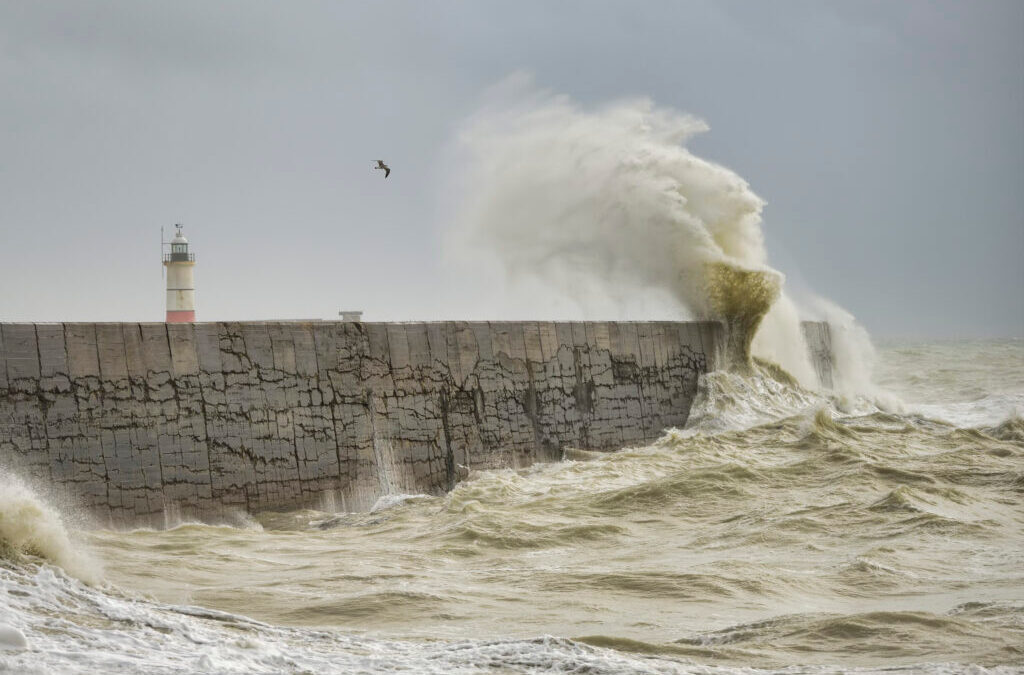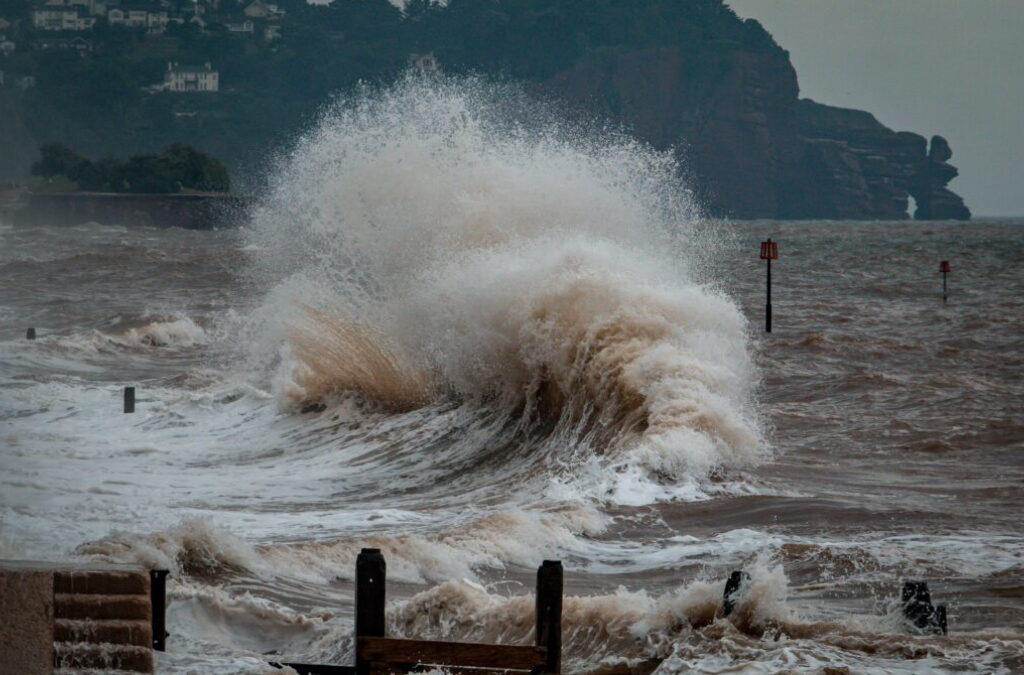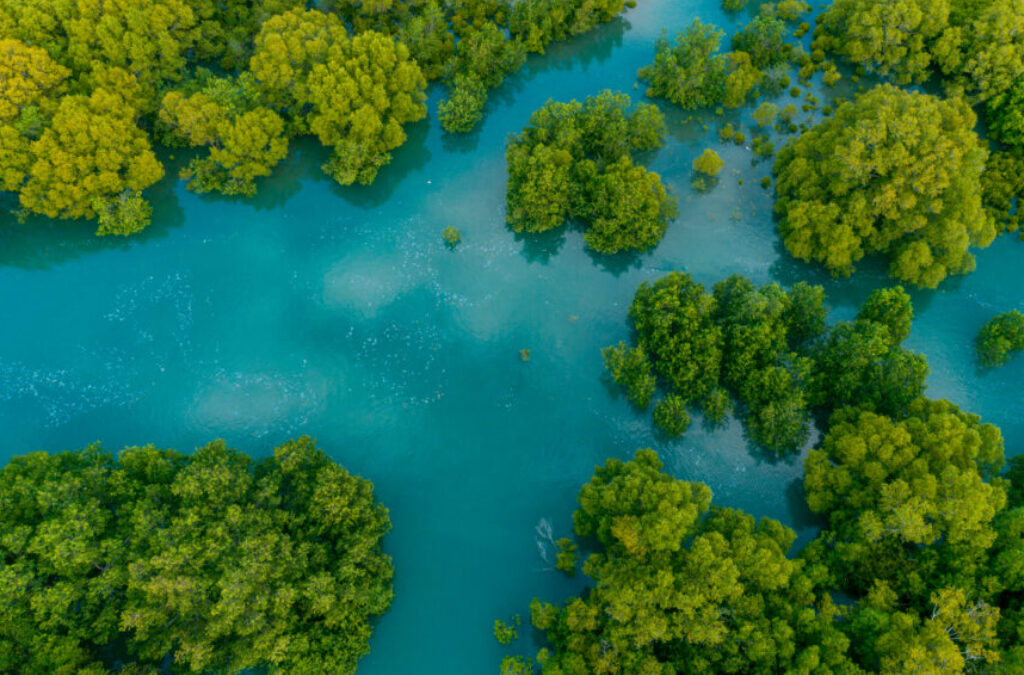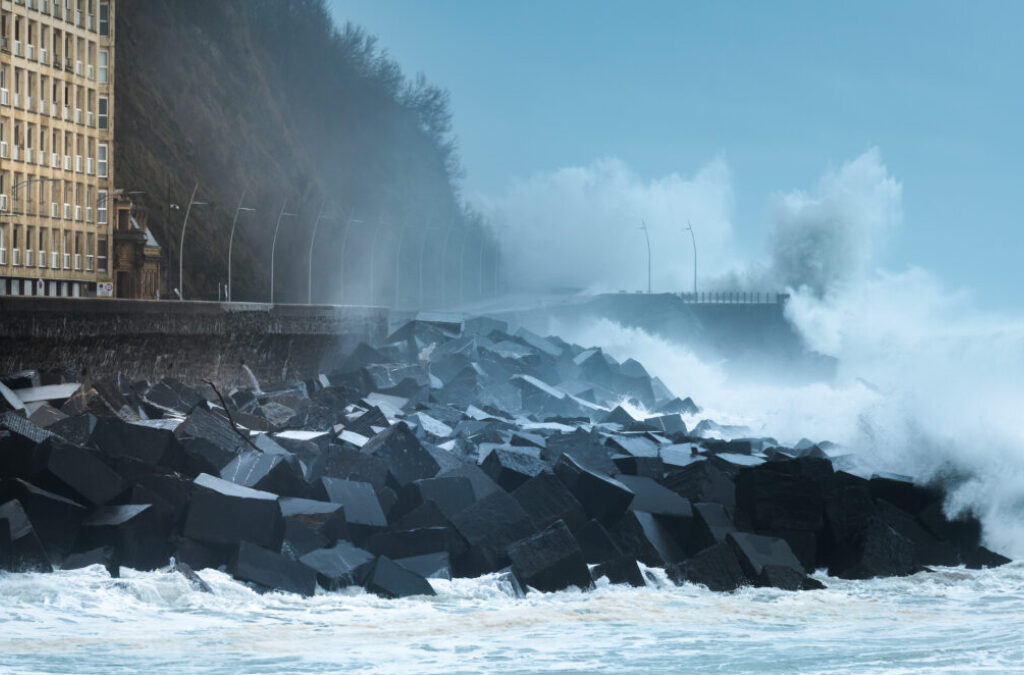
by Noelia Meireles | Mar 17, 2022 | 1. End of Poverty, 11. Sustainable Cities and Communities, 13. Climate Action, 14. Underwater Life, 15. Terrestrial Ecosystem Life, 17. Alliance to Achieve the Objectives, 5. Gender Equality, 9. Industry, Innovation and Infrastructure, Climate Change, Climate Change and Climate Services, Coastal Engineering and Management, Coastal Engineering and Management, Coastal management, Environmental Management and Planning, Erosion, Flooding, Hydrobiology Laboratory, Hydrodynamics and Coastal Infrastructures, ICZM, Information Technology Laboratory, Marine Climate and Climate Change, Natural and Anthropic Hazards, Port Engineering and Management, Research, Risks, Teaching and Training, Technology transfer
ADAPTATION TO CLIMATE CHANGE ON THE COAST “Reducing vulnerability to the effects of climate change.” = ADAPTATION TO CLIMATE CHANGE ON THE COAST 2017 – 2021 Coastal zones are highly dynamic and show great variability in relatively short time...

by Noelia Meireles | Mar 17, 2022 | 11. Sustainable Cities and Communities, 13. Climate Action, 14. Underwater Life, 15. Terrestrial Ecosystem Life, 17. Alliance to Achieve the Objectives, 4. Quality education, Climate Change, Coastal Engineering and Management, Coastal Engineering and Management, Costs, Mitigation, Prevention, Research, Threats, Tsunamis
ASTARTE “Contributing to reducing the impacts caused by natural disasters.” = ASTARTE 2013 – 2018 The Northeast Atlantic and Mediterranean (NEAM) region is one of the regions with high tsunami exposure facing increasing levels of risk due to...

by Noelia Meireles | Mar 17, 2022 | 1. End of Poverty, 11. Sustainable Cities and Communities, 13. Climate Action, 15. Terrestrial Ecosystem Life, 5. Gender Equality, 9. Industry, Innovation and Infrastructure, Climate Change, Climate Change and Climate Services, Coastal Engineering and Management, Ecosystem services, Environmental Management and Planning, Information Technology Laboratory, Mangroves, Marine Climate and Climate Change, Natural and Anthropic Hazards, Research, Technology transfer
MANGROVES “Integrating the value of ecosystems into planning to promote their conservation.” = MANGROVES 2019 – 2020 Mangroves act as natural defenses that protect people and property from flooding, reducing coastal risk. However, these...

by Noelia Meireles | Mar 17, 2022 | 1. End of Poverty, 11. Sustainable Cities and Communities, 13. Climate Action, 15. Terrestrial Ecosystem Life, 17. Alliance to Achieve the Objectives, 5. Gender Equality, 9. Industry, Innovation and Infrastructure, Climate Change, Climate Change and Climate Services, Coastal Engineering and Management, Hydraulic Engineering, Hydrometeorological risks, Integrated management, Marine Climate and Climate Change, Natural and Anthropic Hazards, Technology transfer, Water Resources and Hydraulic Engineering
IDB CITIES “Collaborating to make cities inclusive, safe, resilient and sustainable.” = IDB CITIES 2012 – 2016 Latin America and the Caribbean is the second most urbanized region on the planet with 8 out of 10 people living in cities. Between...

by Noelia Meireles | Mar 17, 2022 | 1. End of Poverty, 11. Sustainable Cities and Communities, 13. Climate Action, 17. Alliance to Achieve the Objectives, 4. Quality education, 5. Gender Equality, Climate Change, Climate Change and Climate Services, Coastal Engineering and Management, Coastal Engineering and Management, Coastal management, Environmental Management and Planning, Hydrodynamics and Coastal Infrastructures, Hydrometeorological risks, Information Technology Laboratory, Marine Climate and Climate Change, Natural and Anthropic Hazards, Research, Technology transfer
C3A “Incorporating climate change science into socio-economic public policies and adaptation strategies.” = C3A 2010 – 2019 Development of data, methodologies and tools to assess the impacts of climate change in coastal areas, and identify...






